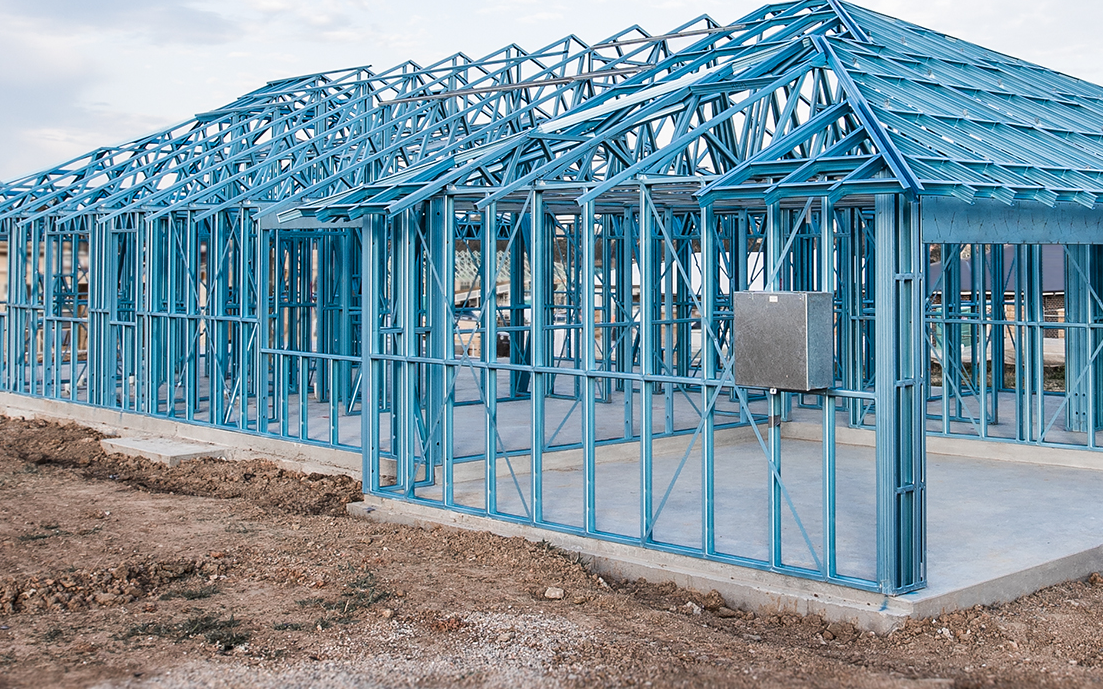Steel or Timber Frame Comparison


The choice of Steel vs Timber frames comes down to more of a personal preference between the two. Consider the following when deciding which type of frame material to choose.
| Item | Timber | Steel |
|---|---|---|
| Termite protection | Susceptible to termites but a termite barrier is installed to combat this. | Pest free |
| Hanging Items | Easy to install items with standard screws | Special screws and drilling is required |
| Straight walls | Bows can be found depending on the tradesman used | Straight walls are standard |
| Noise | Not an issue | Some people have reported noise from expansion and contraction |
| Cost | Similar to each other | Similar to each other |
| Fire Resistance | Susceptible however timber can be treated for this | Retains its shape with higher heat than timber |
| Assembly | Can be built on site to measure | Pre-built to exact measurements |
| Future Modifications | Timber can be removed and added to | It’s more difficult to change a steel wall and add to it if you want to do an extension in the future |
| Thermal Effect | Doesn’t conduct heat so it doesn’t transfer heat or cold through the frame | A good conductor of heat and cold so insulation is more important however the frame itself will have gyprock attached to it which cant be insulated on its own. The new NCC 2022 requirements will apply to thermal bridging in steel frames may be costly to mitigate |
| Mould | Less risk of forming condensation on the frames | Due to condensation on the steel mould and rot can form within the walls. This is related to the thermal bridging in steel frames. |
| Sustainability / Embodied Energy | More sustainable material with less embodied energy used to produce | Production of steel frames is more carbon intensive to produce |
| Other | A common brand is TRUECORE steel |
